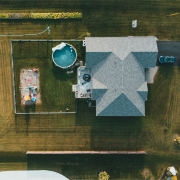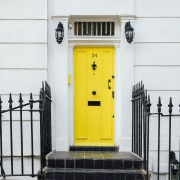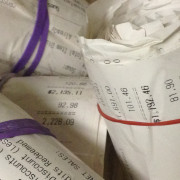
Negatively gearing an investment property is viewed by many Australians as a tax effective way to get ahead.
According to Treasury, more than 1.9 million people earned rental income in 2012-13 and of those about 1.3 million reported a net rental loss.
So it was no surprise that many people were worried about how they would be affected if Labor had won the May 2019 federal election and negative gearing was phased out as they had proposed. With the Coalition victory, it appears negative gearing is here to stay.
While that may have brought a sigh of relief for many, negative gearing is not always the best investment strategy. Your individual circumstances will determine whether negative gearing is advisable. For many, it may pay to positively gear.
So, what is gearing?
Basically, it’s when you borrow money to make an investment. That goes for any investment, but property is where the strategy is most commonly used.
If the rental returns from an investment property are less than the amount you pay in interest and outgoings you can offset this loss against your other assessable income. This is what’s called negative gearing.
In contrast, positive gearing is when the income from your investment is greater than the outgoings and you make a profit. When this occurs, you may be liable for tax on the net income you receive but you could still end up ahead.
While negative gearing may prove tax effective, it’s dependent on the after-tax capital gain ultimately outstripping your accumulated losses.
The importance of capital gains
If your investment falls in value or doesn’t appreciate, then you will be out of pocket. Not only will you have lost money on the way through, but you won’t have made up that loss through a capital gain when you sell.
That’s the key reason why you should never buy an investment property solely for tax breaks.
But if the investment does indeed grow in value, then as long as you have owned it for more than 12 months you will only be taxed on 50% of any increase in value.
When it pays to think positive
If you are retired and have most of your money in superannuation, negative gearing may not be so attractive. This is because all monies in your super are tax-free on withdrawal. And thanks to the Seniors and Pensioners Tax Offset (SAPTO), you may also earn up to $32,279 as a single or $57,948 as a couple outside super before being subject to tax.
It makes more sense to negatively gear during your working years with the aim of being in positive territory by the time you retire so you can live off the income from your investment.
While buying the right property at a time of your life when you are working and paying reasonable amounts in tax may make negative gearing a good option, sometimes positive gearing may still be a better strategy.
Claiming expenses
If you do negatively gear, then it’s important that you claim everything that’s allowed and keep accurate records.
For investment property, this includes advertising for tenants, body corporate fees, gardening and lawn moving, pest control and insurance along with your interest payments.
Interested in a chat?
Feel free to download our rental schedule here which you can use to keep track of your expenses.
If you want to know whether negative gearing is the right strategy for you, then call us to discuss.
Want to receive information like this in your inbox?
Sign up to our monthly newsletter here to receive due dates, news, tax tips and other important things that we think are useful and interesting.
This article was written by a third party.











